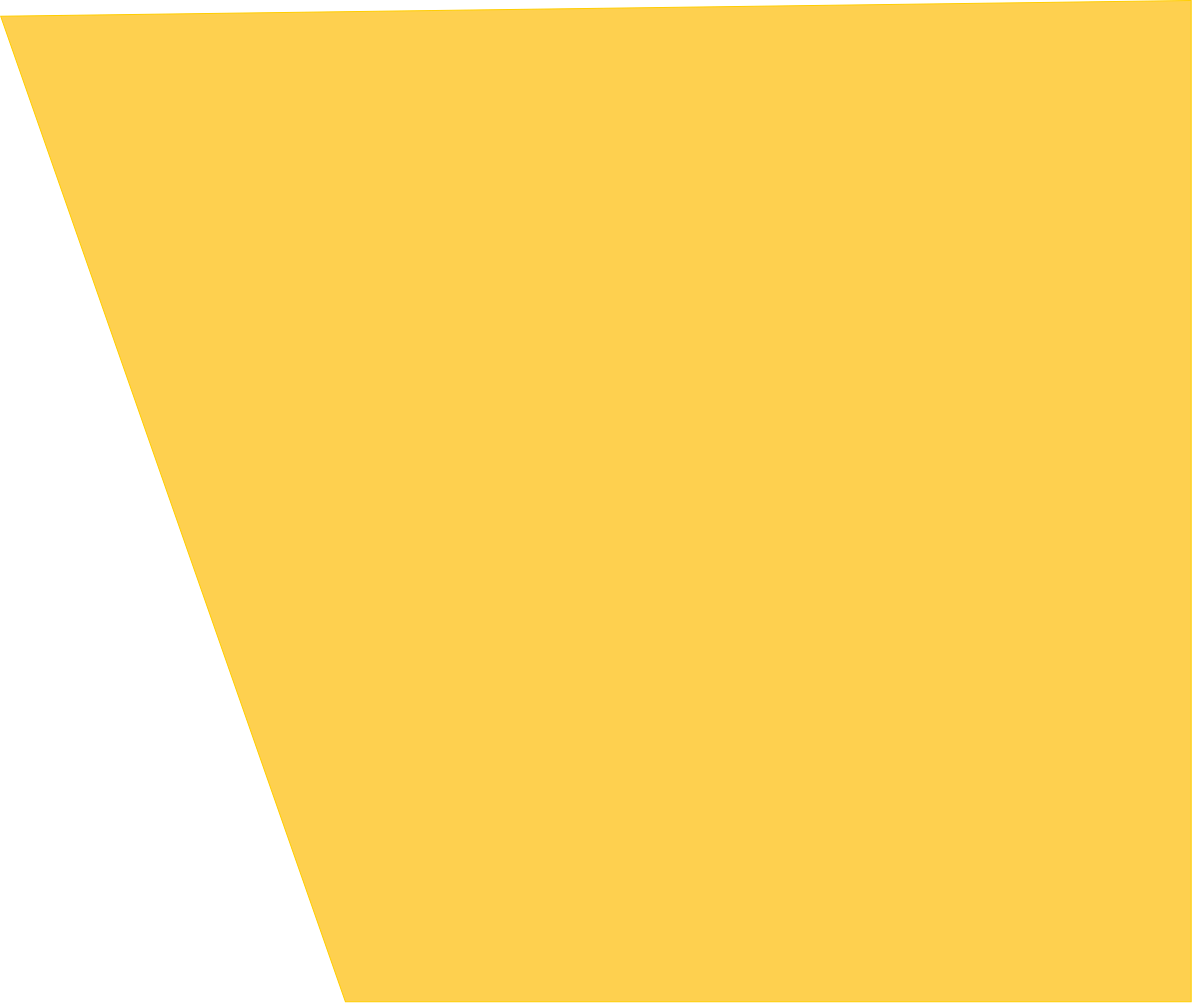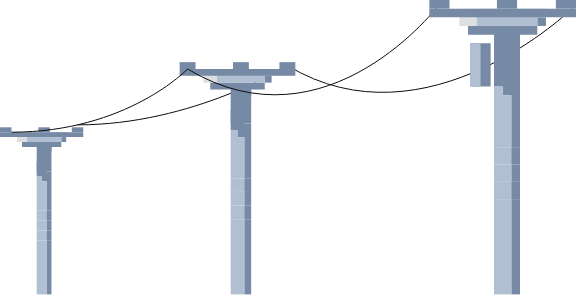Electricity FAQ
(Frequently Asked Questions)
Need to write a report about electricity? Or just want to know more about some aspect of electricity that has caught your interest? You’ve come to the right place. Simply click on the questions below, and you’ll be on your way!
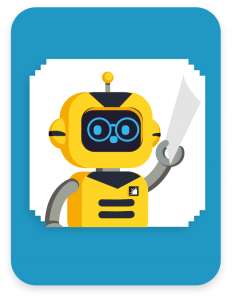
Producing Electricity

The energy resources used to generate electricity can be divided into two categories:


Nonrenewable Resources
Nonrenewable resources cannot be replenished. We can make these supplies last longer by using them wisely, but when they are gone we will not have any more.
Fossil Fuels
The majority of electricity used in the United States is generated at power plants that burn fossil fuels to heat water and make steam. The steam is highly pressurized and directed at turbine blades to make them spin.
The three forms of fossil fuels are coal, oil, and natural gas. They are known as fossil fuels because they were formed in the earth from the remains of organic matter like animals or plants that lived long ago.
 Coal is a hard, black, rock-like substance made up of carbon, hydrogen, oxygen, nitrogen, and sulfur. The precursor to coal, called peat, is used as an energy source in many countries. Coal is found in many parts of the U.S. and throughout the rest of the world. Coal is extracted from the ground at large mines.
Coal is a hard, black, rock-like substance made up of carbon, hydrogen, oxygen, nitrogen, and sulfur. The precursor to coal, called peat, is used as an energy source in many countries. Coal is found in many parts of the U.S. and throughout the rest of the world. Coal is extracted from the ground at large mines.
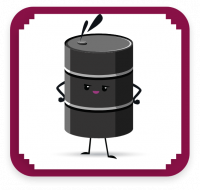 Oil is a liquid fossil fuel, sometimes also called petroleum. It is found underground within porous rocks. Oil rigs must drill down to deposits deep below the earth’s surface to obtain oil. About one fifth of the oil and petroleum products (such as gasoline, heating oil, and other products) used in the United States comes from outside our country.
Oil is a liquid fossil fuel, sometimes also called petroleum. It is found underground within porous rocks. Oil rigs must drill down to deposits deep below the earth’s surface to obtain oil. About one fifth of the oil and petroleum products (such as gasoline, heating oil, and other products) used in the United States comes from outside our country.
 Natural gas is made up primarily of a gas called methane. Methane gas is highly flammable and burns very cleanly. Natural gas is usually found underground along with oil. Natural gas supplies are abundant from sources in the United States and Canada.
Natural gas is made up primarily of a gas called methane. Methane gas is highly flammable and burns very cleanly. Natural gas is usually found underground along with oil. Natural gas supplies are abundant from sources in the United States and Canada.
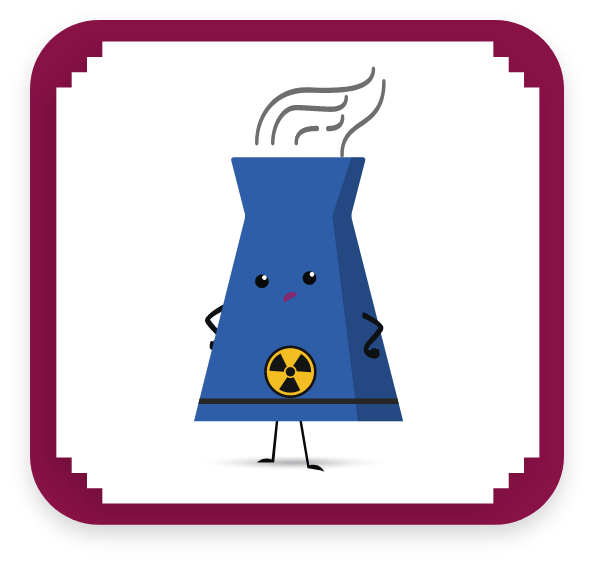 Nuclear Power
Nuclear Power
Nuclear power plants use the heat from splitting atoms to convert water into the steam that turns turbines. These plants rely on uranium, a type of metal that must be mined from the ground and specially processed. Fuel rods containing uranium are placed next to each other in a machine called a nuclear reactor. The reactor causes the uranium atoms to split, and in so doing, they release a tremendous amount of heat.
Renewable Resources
Renewable energy resources can be replenished in a short period of time, so they will never be all used up. Energy companies throughout the country are using renewable resources more and more to generate electricity.
 Biomass
Biomass
Biomass is organic matter, such as agricultural waste, and wood chips and bark left over when lumber is produced. Biomass can be burned to heat water to make steam, which turns a turbine to make electricity. It can also be converted into a gas, which can be burned to do the same thing.
Biomass includes energy crops like wood, straw, and other crops grown primarily for use as a fuel. Energy crops are renewable, but some, like trees, take a long time to grow. Farmers can grow trees on some of their land instead of wheat or other kinds of food. The wood is harvested regularly, cut into small chips and burned to provide heat or run small electric power plants.
A fuel generated from biomass is methane gas, a by–product of decay in landfills. As garbage rots in the ground, it gives off gases that can be collected and burned to produce heat or electricity.
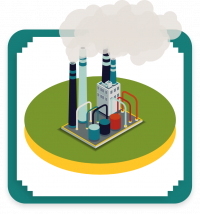
Geothermal Energy
The word geothermal comes from the Greek words geo, for earth, and therme, for heat. So geothermal means “earth heat.” Geothermal energy is steam (or hot water that has been converted to steam) from deep inside the earth.
Our planet’s interior is very hot—at its core, 4000 milesdeep, temperatures may reach over 9000°F. This heat is continuously conducted from the earth’s core to the surrounding layer of rock, the mantle.
There are some places around the earth where magma(hot molten earth from the mantle) pushes up through cracks into the crust near the earth’s surface. Magma can heat nearby rock and water as hot as 700°F. Some of this hot water reaches the earth’s surface as hot springs or geysers, and some stays trapped deep underground in cracks and porous rocks. This hot water can be used directly or converted into steam to turn turbines that generate electricity.
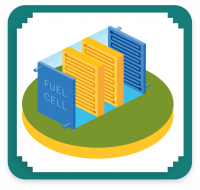 Hydrogen
Hydrogen
Hydrogen is a colorless, odorless gas. Hydrogen can be converted into electricity through a chemical reaction in a device called a fuel cell. Converting hydrogen into electricity produces no pollution—only water and heat.
If the hydrogen comes from a renewable resource like landfill gas, fuel cells are considered renewable. However, if it comes from a nonrenewable resource like fossil fuels, fuel cells are considered nonrenewable. Whether a fuel cell is using a renewable energy source depends on the source of the hydrogen fuel.
Today, there are already some cars that run on hydrogen. In the future, hydrogen will be used to fuel vehicles and airplanes and to provide electricity to buildings.
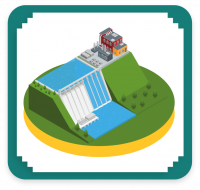 Hydropower
Hydropower
Hydroelectric plants use the power of falling water to turn the turbines that help generate electricity. Water that is stored behind a dam is released and directed through special tubes to flow against the blades of turbines and make them turn. Most hydropower facilities are found in hilly or mountainous areas. The most famous hydroelectric facility in the country is Hoover Dam.
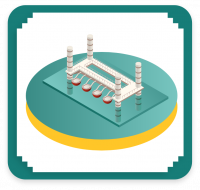 Ocean Energy
Ocean Energy
Ocean energy is a form of hydropower. Oceans cover more than 70 percent of the earth’s surface, making them the world’s largest solar collectors. The ocean stores thermal (heat) energy, which can be used to generate electricity using special turbine generators.
The energy of the ocean’s waves and tides can also be used to generate electricity with dams that force ocean water through turbines. This is called tidal energy, or wave power. The world’s first wave power station is on the Scottish island of Islay. It generates enough electricity for about 400 homes.
Scientists and engineers around the world are working on systems to use the ocean’s energy on a large scale.
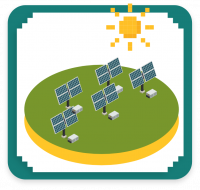 Solar Energy
Solar Energy
Solar energy is generated without a turbine or electromagnet. Special panels of solar cells, or modules, can capture sunlight and convert it directly into electricity. These panels are known as photovoltaic, or PV. (Photo is Greek for light, and voltaic pertains to electricity.) The electricity they produce can be used right away, fed into the power grid for others to use, or stored in a battery so it is also available on cloudy days.
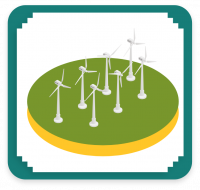 Wind Power
Wind Power
Wind power is renewable energy that uses the force of the wind to spin turbines. These spinning turbines generate electricity.
Most wind power is produced at wind farms, which are large groups of turbines in consistently windy locations. A very large wind farm can generate enough electricity for all the homes in a city of about one million people. Small wind turbines can be used for individual homes, businesses, and boats. They can be used to pump water, or the electricity can be stored in large batteries for use at another time.
Pioneers of Electricity

Benjamin Franklin (1706–1790)
Despite the popular story, Benjamin Franklin probably did not tie a key to a kite and fly it in a lightning storm. Franklin did, however, perform many experiments to learn more about electricity. One year Ben Franklin wanted to use electricity to kill a turkey for Christmas dinner. While checking his equipment, he touched two parts at the same time and got a big shock. His whole body vibrated, and his arms were numb until the next morning. He was lucky he wasn’t burned or electrocuted! Franklin believed that lightning was a flow of electricity taking place in nature. He knew the dangers and probably did not want to risk electrical shock by flying a kite in a storm. In 1752, Benjamin Franklin’s electricity experiments led him to invent the lightning rod, which when placed at the top of a barn, church steeple, or other structure, conducts lightning bolts harmlessly into the ground.
 Michael Faraday (1791–1867)
Michael Faraday (1791–1867)
Michael Faraday invented the generator in 1831. Before then, all useful electricity was supplied by batteries. Faraday’s generator provided a source of current that did not depend on batteries.
 Lady Augusta Ada Byron, Countess of Lovelace (1815–1852)
Lady Augusta Ada Byron, Countess of Lovelace (1815–1852)
Ada Lovelace is considered the world’s first computer programmer. Daughter of the English poet, Lord Byron, Lovelace worked for a mathematician and inventor named Charles Babbage. Together they developed what they called “the Analytical Engine”—a mechanical computer that used gears and ratchets and could be programmed using punched cards. Lovelace, who was an accomplished mathematician, created the programming code that ran this machine, based on a binary system in which all numbers are represented as a series of zeroes and ones. The computer world honored her in the 1970s when a programming language adopted by the United States Defense Department was named Ada.
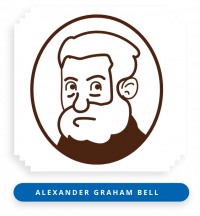 Alexander Graham Bell (1847–1922)
Alexander Graham Bell (1847–1922)
Alexander Graham Bell invented a way to transmit speech electrically: the telephone. Bell wanted to improve upon the telegraph, which allowed people to transmit a code of dots and dashes through an electrical wire. He and his assistant, Thomas Watson, found a way to convert the tones of the human voice into varying electronic currents in a wire and to reproduce them as audible speech through a receiver. In 1876, Bell spoke the first sentence transmitted over this new device: “Watson, come here, I want you.” The telephone was exhibited at the 1876 Centennial Exposition in Philadelphia, Pennsylvania.
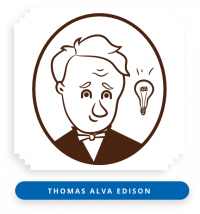 Thomas Alva Edison (1847–1931)
Thomas Alva Edison (1847–1931)
Thomas Alva Edison invented the phonograph, the motion picture camera, and more than 1,000 other things. Edison is best known for inventing the incandescent light bulb in 1879. Prior to the incandescent bulb, the world relied on oil lamps and natural gas to light the night. Edison’s bulb consisted of carbonized cotton filament housed in a vacuum inside a glass bulb. The current flowing through the filament would cause it to radiate a steady glow. The vacuum was needed to keep the filament from burning up.
While still working on the light bulb, Edison began thinking about an electric system that would provide electricity from a central power station and deliver it to homes and businesses. He designed the country’s first central electric power system, which began operating in 1882 and delivered direct current electricity to 85 customers in a 1-mile-square area in lower Manhattan. By 1902, only 20 years after Edison’s system began operations, there were 3,500 different electric systems in the United States alone.
 Lewis Howard Latimer (1848–1928)
Lewis Howard Latimer (1848–1928)
Lewis Howard Latimer was a pioneer in the development of the electric light bulb. He was the son of a former slave, and was the only African American member of Thomas Edison’s research team of noted scientists. While Edison invented the incandescent bulb, it was Latimer who developed and patented the process for manufacturing the carbon filaments within the bulb.
 Granville Woods (1856–1910)
Granville Woods (1856–1910)
Granville Woods had prolific inventive skills and made ingenious contributions to mass transit. Woods patented a telephone transmitter in 1885, which was bought by Bell Telephone. He then founded the Woods Electric Company in New York City, which manufactured and sold telephone, telegraph, and electrical instruments. His most important invention was the induction telegraph system in 1887, a method of informing an engineer of trains immediately in front of and behind him, thus ensuring safer rail travel. Of the more than 60 patents that Woods registered, the majority were concerned with railroad telegraphs, electrical brakes, and electrical railway systems.
Electric Vehicles

Electric vehicles (EVs) run on electrical energy instead of—or in addition to—gasoline. Industry experts anticipate there will be over a million EVs on the roads this decade. They are popular for many reasons:
-
- EVs use the latest car technology.
-
- EVs can help reduce pollution.
-
- EVs can cost less to run than gasoline vehicles.
Plug-in Electric Vehicles
Battery EVs run entirely on electrical energy. Instead of a fuel tank, batteries store the electricity that is used to operate an EV. These batteries can be charged by plugging the vehicle into a charging station. The batteries store the electricity until the vehicle is driven.
Under the hood, an EV consists of an electric motor, one or more controllers, and batteries. The controller governs the amount of electricity that flows from the batteries to the motor when the driver steps on the accelerator. The motor changes electrical energy from the batteries to mechanical energy, which makes the vehicle move.
Driving an EV down the road produces no pollution at all. Even when pollution related to power plant electricity production is factored in, EVs produce less pollution than gasoline or diesel vehicles. EVs are also twice as efficient as gasoline or diesel vehicles, if you compare the energy used in creating gasoline at a refinery to that used to produce electricity in a power plant.
When an EV is stopped in traffic, it doesn’t have to use fuel to keep the motor running like a gasoline engine does. Added efficiency is created by something called “regenerative braking.” When an EV slows down, the motor continues to turn, but the power no longer flows to the wheels. Instead, the power is fed back to the batteries, giving them a small charge every time the driver stops or goes downhill.
Hybrid Electric Vehicles
A hybrid electric vehicle is a vehicle that uses two power sources. The most common hybrids on the road today are gasoline-electric hybrids, also called hybrid EVs. A gasoline engine and an electric motor power these vehicles.
The major components of a hybrid EV include a gasoline engine, an electric motor, a transmission, and, in some models, a generator. A fuel tank stores gasoline for the engine, and a battery pack stores electricity for the motor. The transmission moves, or transmits, mechanical energy from the engine or motor to the vehicle’s wheels.
Hybrid EVs use smaller, more efficient gasoline engines than conventional gasoline or diesel vehicles. Hybrid EVs also produce less tailpipe emissions and provide much better gas mileage—today’s models get up to 60 mpg. Burning less fuel means producing fewer pollutants. Hybrid EVs also release less carbon dioxide into the air. Carbon dioxide is a greenhouse gas that contributes to global warming.
Use Energy Wisely at Home
About one-third of all electricity produced at power plants in the United States is used in the home. Families that reduce their electricity use by avoiding waste and buying energy-efficient appliances save money and help preserve natural resources used to generate electricity.
Show your parents this list of ways to be energy-efficient and save money on your energy bills every month. Maybe you can persuade them to pass the cost savings on to you!
Lighting:
-
- Install LED (light emitting diode) bulbs.
-
- Turn off lights when they’re not in use.
Heating/Air Conditioning:
-
- Set your heater thermostat to the lowest temperature that still keeps you comfortable—some recommend 68°F by day and a cool 55°F by night.
-
- Ask an adult to make sure the fireplace damper is closed when the heating system is on so heated air doesn’t escape up the chimney.
-
- Keep your air conditioner’s thermostat set at 76°F and 78°F to stay comfortable and use less energy.
-
- Remind adults to have heating systems cleaned annually and to replace furnace filters regularly.
Appliances:
-
- Use a clothesline when possible.
-
- Wait until the dishwasher is full before running it.
-
- Wash and dry full loads of laundry.
-
- Clean the coils on the refrigerator.
Cooking:
-
- Cover pots when cooking.
-
- Don’t open the oven too often.
-
- Use the microwave whenever possible.
Bathing:
-
- Install a low-flow showerhead.
-
- Take shorter showers or half-full baths.
-
- Turn down the thermostat on your water heater.
Transportation:
-
- Walk.
-
- Use bicycles.
-
- Use buses, trains, and car pools.
-
- Combine errands to reduce trips.
Use Energy Wisely at School
Most schools spend more money on energy than on computers and textbooks combined. Here’s how you can help your school reduce energy waste.
Lights and Computers:
-
- Pick an energy monitor to make sure lights and computers are turned off before recess, lunch, and after school.
-
- Create a “Save Energy” sign to hang near your classroom light switches to remind people to turn lights off when not in use.
Heating and Cooling:
-
- Make sure furniture or books do not block the vents in your classroom.
-
- Encourage everyone to keep doors and windows closed when heating or air conditioning is running.
Water:
-
- Turn off the water in the bathroom when you are finished using it.
-
- Report any water leaks you find to your teacher or school custodian.


